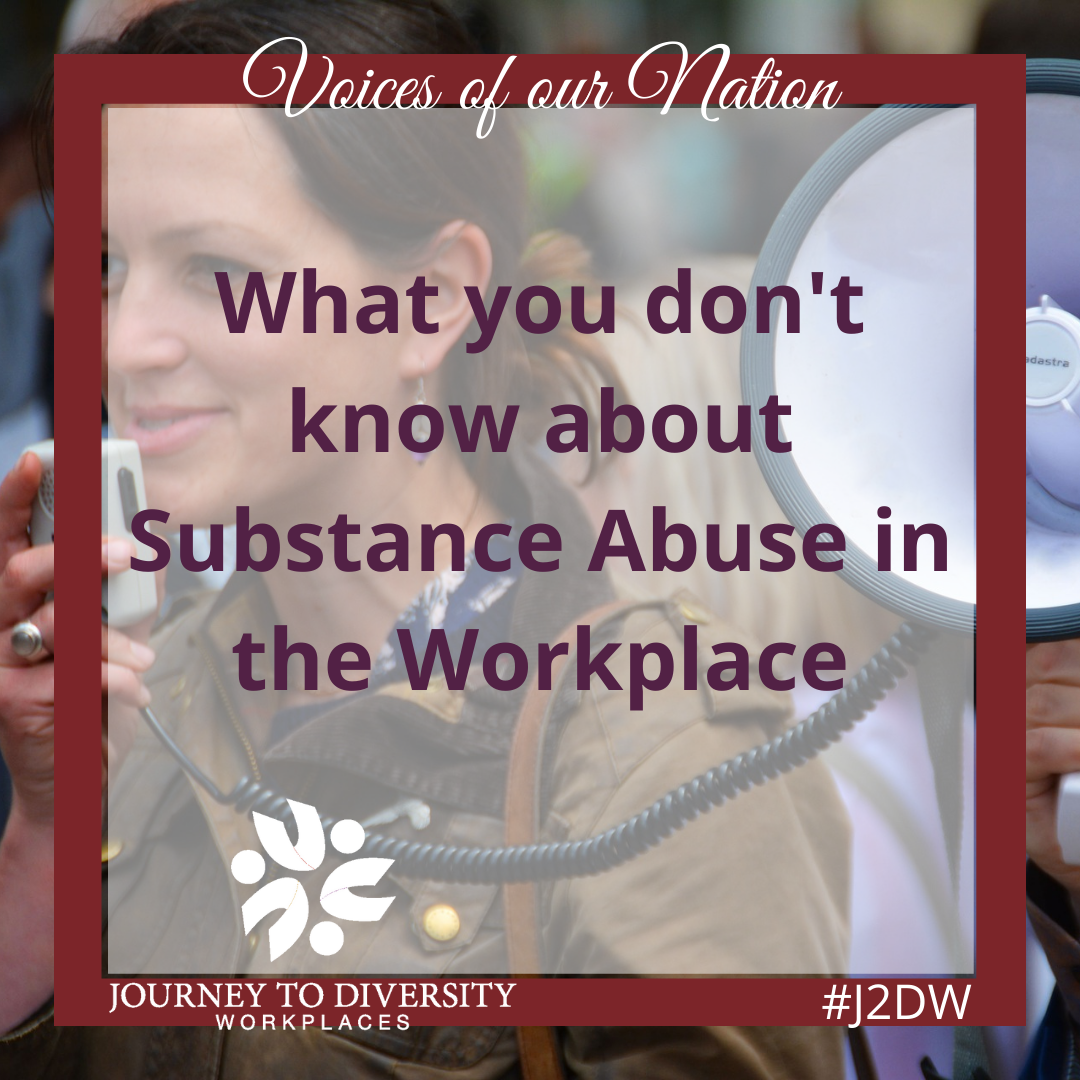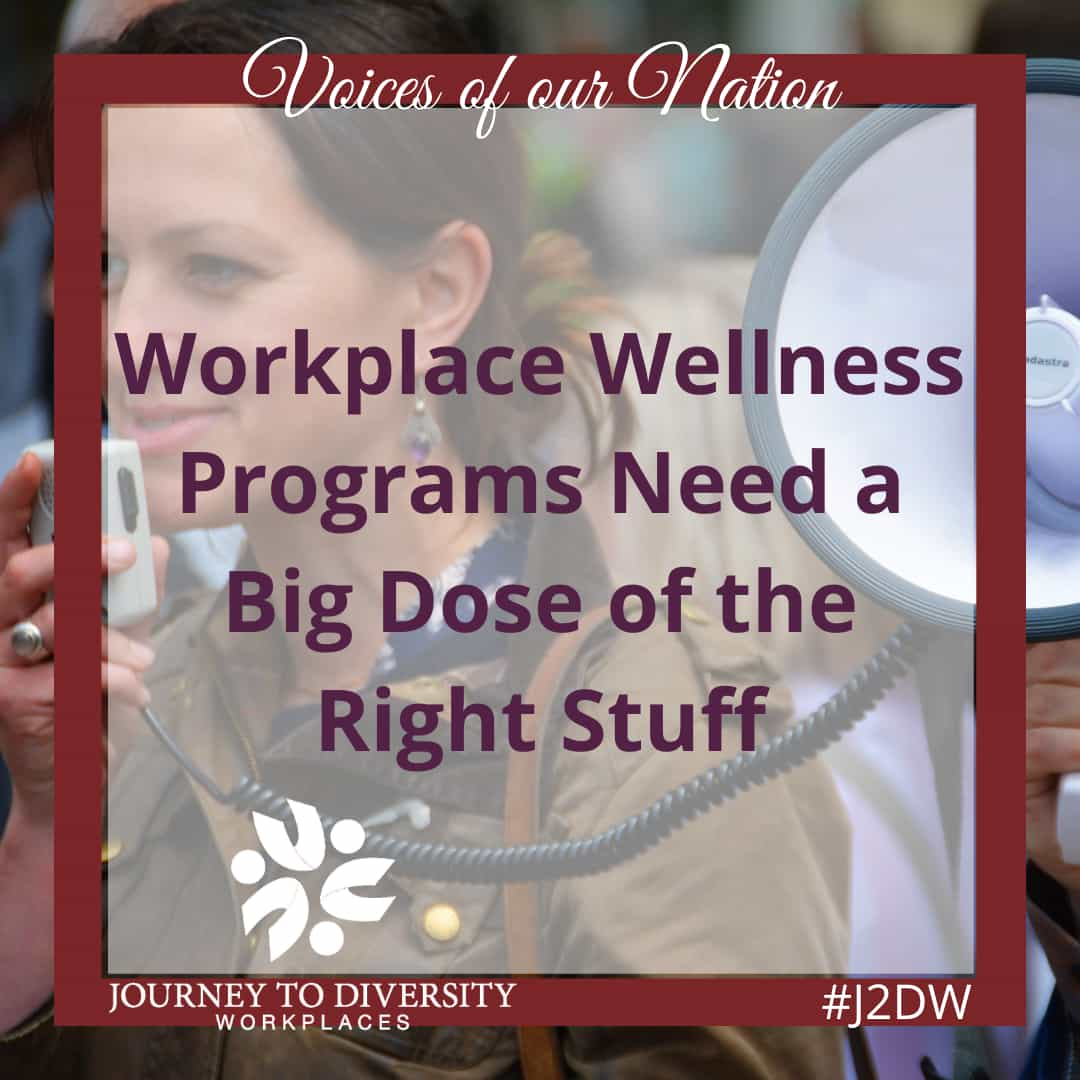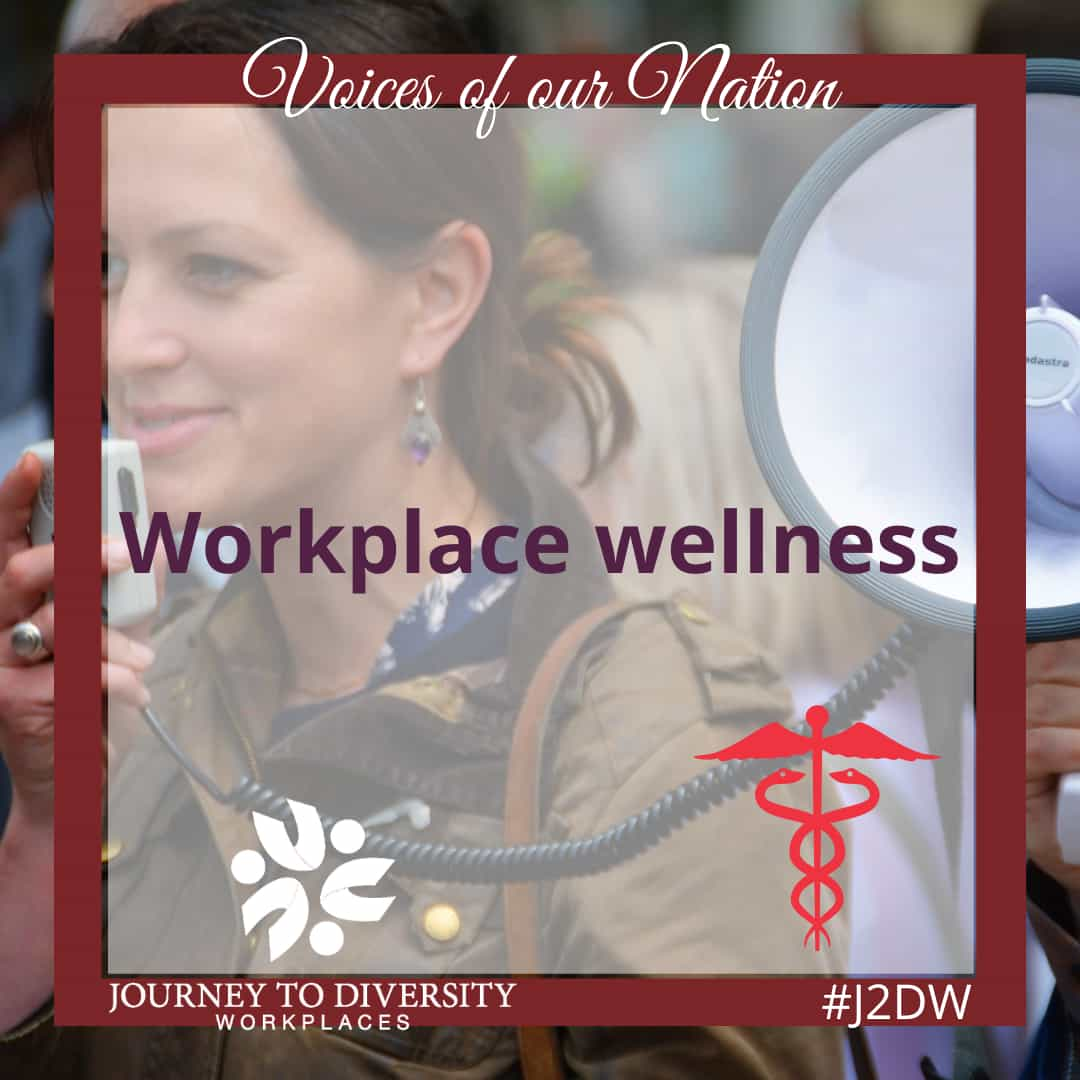Substance abuse is the harmful or hazardous use of prescription or illegal drugs for non-medical reasons. The use of drugs cause several physical harms, but these drugs mainly affect the way a person thinks, feels or acts. Abusing drugs can also lead to a physical dependence and addiction. Many workplace substance abuse issue related costs are hidden by general absenteeism or illnesses, an unnoticed lack of productivity, or a reluctance to link substance abuse directly with causes of accidents. Educating employees about the dangers of drug use is the main way to prevent substance abuse. Early intervention workplace programs can reduce substance abuse related issues in the workplace when these programs are implemented effectively.
Alcohol is a socially accepted part of everyday life for most Canadians as almost eighty percent of Canadians consume alcohol. Canadians associate drinking with pleasurable social, community, or workplace events such as festivals, sports or workplace parties. Alcohol and drug abuse among employees and their family members can be an expensive problem for workplaces causing significant issues such as a lost of productivity, absenteeism, injuries, decreased employee morale, an increase in health care costs, legal liabilities and employees’ compensation costs. The cost of drug abuse runs approximately $22 billion per year. Alcohol abuse and alcoholism accounts for $14 billion of this cost and illegal drug use account for the remaining $8 billion.
Risky drinking means drinking at levels that put a person at risk of medical or social problems. Problem drinking means drinking too much and having a medical or social consequence. Alcohol abuse means drinking too much too fast while alcohol dependence is drinking too much too often. At least three million drinking Canadians risk acute illness, such as injury and at least four and half million risk chronic conditions such as liver disease and cancer. Canadian children grow up seeing alcohol in many aspects of their environment and approximately three thousand Canadian children are born with an alcohol abuse syndrome per year. Approximately 47,000 Canadian deaths are linked to substance abuse annually.
Workplaces should recognize that substance use, misuse, abuse and coping strategies can have a significant impact on mental health at work. Addictions and mental health conditions are often related. This is called a concurrent disorder. However, it is often the addiction that first gets noticed, especially in the workplace. Some signs of substance abuse are similar to those caused by increased stress, lack of sleep and physical or mental illness. Employers should look out for warning signs that indicate an employee may be struggling with substance abuse.
Canadian substance abuse laws include the Controlled Drugs and Substances Act which is Canada’s federal drug control statute. The Controlled Drugs and Substances Act established eight Schedules of controlled substances. Canada’s Drug Strategy is an important policy by the federal government which addresses the harmful effects of substance use and abuse on individuals, families, and communities. The four main components of Canada’s modern drug strategies remain prevention, treatment, harm reduction and enforcement. Workplace policies should also address these four components of substance abuse prevention strategies.
Substantial progress has been made in developing prevention programs for adolescent drug abuse. Canada’s Substance Use and Addictions Program provides $26.3 million annually to support evidence-informed and innovative initiatives across the health promotion continuum for substance use prevention and treatment, targeting a broad range of licit and illicit substances including cannabis and prescription drugs. The well established pattern of onset and progression of substance abuse during adolescence has led to the development of a variety of prevention initiatives for children. The majority of adults with substance abuse problems begin to use substances during their formative years and therefore fewer prevention efforts have focused on adult substance abuse prevention. Preventing early-stage substance use or delaying the onset of use is a goal of many of these prevention programs.
Numerous strategies have been developed to address substance abuse problems when they arise, or to prevent these issues before they become a larger issue. Some of these strategies include workplace policies or programs mandating drug and alcohol testing to both potential hires and existing employees. Workplace prevention programs should include both primary and secondary prevention. Primary prevention aims to keep alcohol problems from developing, and secondary prevention seeks to reduce existing problems. An effective workplace drug program establishes a list of procedures to follow with regard to illegal drug use, such as testing, prevention, and how to handle substance abuse policy violations. Workplace substance programs have a clear benefit to the workplace who implement them. By setting up assistance programs, and encouraging treatment for their employees, employers can have a significant role in reducing the huge negative burden of workplace substance abuse. Addressing substance abuse issues can be costly, but effectively addressing these issues will create a more productive and safe workplace environment.
Sources:
Canadian Centre for Substance Abuse
Statistics Canada
This article was contributed by volunteer blogger Shan Simpson















